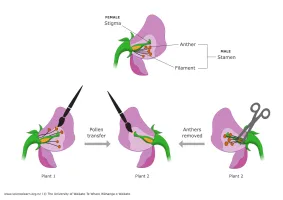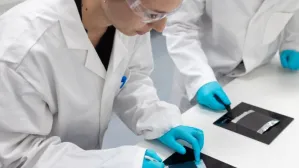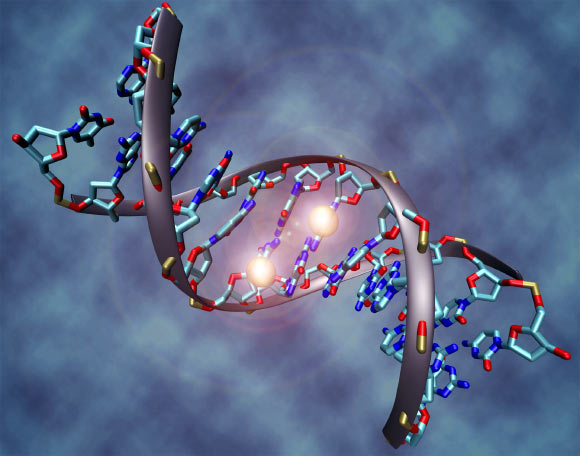What are TR1 Cells?

Recent research has revealed vital information about the immune system’s response to malaria, focusing on a previously underappreciated immune cell known as TR1 cells . This discovery, published in April 2025, suggests that TR1 cells play important role in mounting an effective immune response against malaria. The findings have implications for vaccine development and the management of other challenging infections. About the Immune System The human immune system is a complex network that defends against infections. It consists of innate and adaptive immunity. Innate immunity provides immediate, non-specific defence. Adaptive immunity, on the other hand, develops a specific response and retains memory of past infections. This is crucial for effective future responses. Role of CD4+ T-Cells CD4+ T-cells are vital in the immune response. They are classified into several subsets, including helper T-cells. These cells activate B-cells and other immune components. The study focused on a subt...


















